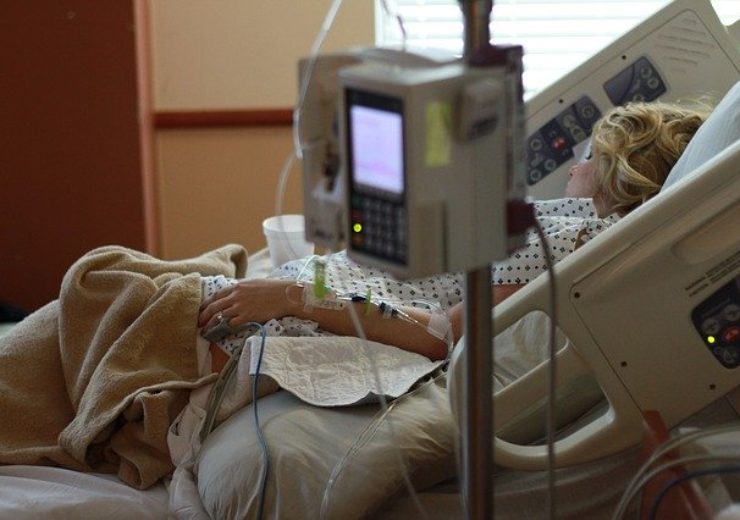Performance of image analysis algorithm for automated fluid detection, localization, and quantification in exudative AMD presented at international meeting

Notal OCT Analyzer tracks exudative AMD disease activity. (Credit: Parentingupstream from Pixabay.)
The ability of the Notal OCT Analyzer (NOA™) to accurately track exudative age-related macular degeneration (AMD) disease activity across large longitudinal data sets from two independent trials was presented at the 43rd Annual Macula Society Meeting in San Diego, CA. The pipeline artificial intelligence-based image analysis algorithm is designed to provide automated detection, localization, and quantification of fluid on OCT images in exudative AMD. NOA uses a machine learning algorithm and image recognition computational technique to distinguish between normal morphologic structures and those associated with disease-related changes that occur as a result of fluid that is present under and within the retina.
The first trial evaluated the performance of NOA in sequential OCT exams on an in-office Spectralis® OCT and Notal Vision’s home OCT pipeline product. Using 173 eyes from 89 patients, NOA and masked human readers identified the presence or absence of intra- and subretinal fluid and its volume. The data showed a strong correlation of retinal fluid quantification between NOA and human graders with a correlation coefficient of 0.96.
“When compared to a human reader, NOA performed comparably in identifying and quantifying fluid volumes,” said Anat Loewenstein, MD, a study investigator and the Director of the Department of Ophthalmology at Tel Aviv Medical Center in Israel. “An automated analysis for OCT images is a critical component for remote patient monitoring with a home OCT system over time and supports routine in-office patient care.”
The second trial studied the association between fluctuations in macular fluid volume and visual acuity following treatment with anti-VEGF therapy in neovascular AMD. An analysis of 5,281 in-office OCT images acquired from 403 patients over a 10 years period was performed using NOA. The results showed that greater fluctuations in retinal thickness resulted in worse visual outcomes in anti-VEGF-treated exudative AMD eyes.
“NOA allowed us to efficiently analyze a large number of OCT raster scans and to demonstrate the relationship between fluid location within the retina and visual outcomes, a finding of high importance for guiding re-treatment decisions in routine clinical practice,” said Usha Chakravarthy, MD, the study’s principal investigator and Professor of Ophthalmology and Vision Sciences at Queen’s University Belfast in Northern Ireland.
“In-office and emerging home OCT devices generate large amounts of images that require review for signs of disease activity,” said Kester Nahen, PhD, CEO of Notal Vision. “NOA allows retrospective analysis of disease dynamics across large in-office OCT study data sets and will provide the backbone of our home OCT device, which has the potential to support current and future advances in retinal disease management.”
Notal Vision’s home-based, NOA-enabled, OCT pipeline technology received FDA Breakthrough Device designation at the end of 2018, and is in the process of obtaining FDA clearance.
Source: Company Press Release
